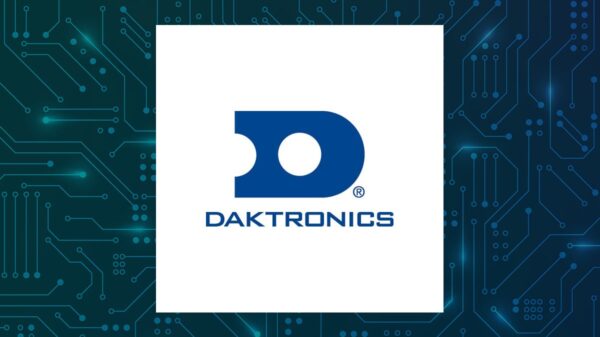The rapid evolution of digital technologies is reshaping healthcare, requiring advanced and reliable connectivity solutions. According to Cemil Canturk, Senior Marketing Manager for Fixed Networks at Nokia, the demand for robust network infrastructure has never been higher. Existing systems, particularly those based on traditional copper cabling, are increasingly unable to meet the needs of modern healthcare environments, prompting the adoption of Optical LAN as a future-ready alternative.
Healthcare facilities today are highly interconnected ecosystems. Patients expect reliable Wi-Fi and entertainment, while clinicians require seamless access to medical records and diagnostic tools. Administrators rely on connected infrastructures for various services, including smart signage and energy management. As these demands grow, the limitations of copper-based local area networks (LANs) become evident.
Traditional copper cabling presents several challenges, including speed and distance restrictions. Upgrades are often necessary every 5 to 7 years to keep up with evolving bandwidth needs, which can be both disruptive and costly. Additionally, healthcare organizations are increasingly focused on sustainability, scrutinizing energy use and operational costs. The physical footprint and maintenance requirements of copper networks further complicate the situation, diverting resources away from patient care.
Optical LAN offers a compelling solution tailored to the unique needs of healthcare networks. Its design leverages the advantages of fiber technology, delivering a high-performance infrastructure capable of supporting speeds of 10G and 25G, with a future capacity for 50G and even 100G. The use of single-mode fiber (SMF) ensures virtually unlimited bandwidth, enabling healthcare IT systems to evolve over the next 50-plus years. This infrastructure allows for upgrades through the addition of new wavelengths rather than a complete cabling overhaul, making it both cost-effective and non-disruptive.
Benefits of Optical LAN in Healthcare Settings
The advantages of Optical LAN extend beyond speed and capacity. It supports a variety of digital services—including real-time diagnostics, cloud applications, telemedicine, and secure guest access—on a single converged network. This consolidation reduces cabling requirements by up to 70%, streamlining operations and lowering costs.
Moreover, Optical LAN can reach up to 20 kilometers without the need for intermediate switches, significantly decreasing the space needed for networking equipment. This is particularly beneficial for large medical campuses, freeing up real estate for additional patient rooms and enhancing operational efficiency.
The installation and management of Optical LAN is also more straightforward. With less cabling required and a simplified physical layout, deployment times are reduced. The network is easier to scale and maintain, which allows healthcare IT teams to focus on innovation and patient care rather than troubleshooting.
Commitment to Sustainability and Security
In an era where sustainability is paramount, Optical LAN stands out for its energy efficiency. It can be up to eight times more energy-efficient than traditional wired or wireless networks, with the architecture demanding fewer switches and active electronics. This translates to lower electricity costs and a reduced carbon footprint, aligning with the environmental, social, and governance (ESG) targets many healthcare providers are pursuing.
Security is another critical consideration in healthcare. Optical LAN inherently offers robust security features, including built-in encryption, device authentication, and network segmentation. These capabilities ensure the protection of sensitive patient data and create a clear separation between clinical and non-clinical services. Additionally, the fiber medium is immune to electromagnetic interference, providing an extra layer of security against potential breaches.
As healthcare providers strive for high-quality care while managing operational costs, the adoption of Optical LAN represents a transformative step. This network solution has already gained the trust of hospitals and clinics worldwide, reducing both capital and operational expenditures by up to 50%.
The integration of Optical LAN into healthcare IT infrastructure not only enhances connectivity but also supports improved patient outcomes, ensuring that healthcare systems are prepared for the challenges of today and the demands of tomorrow.





































































